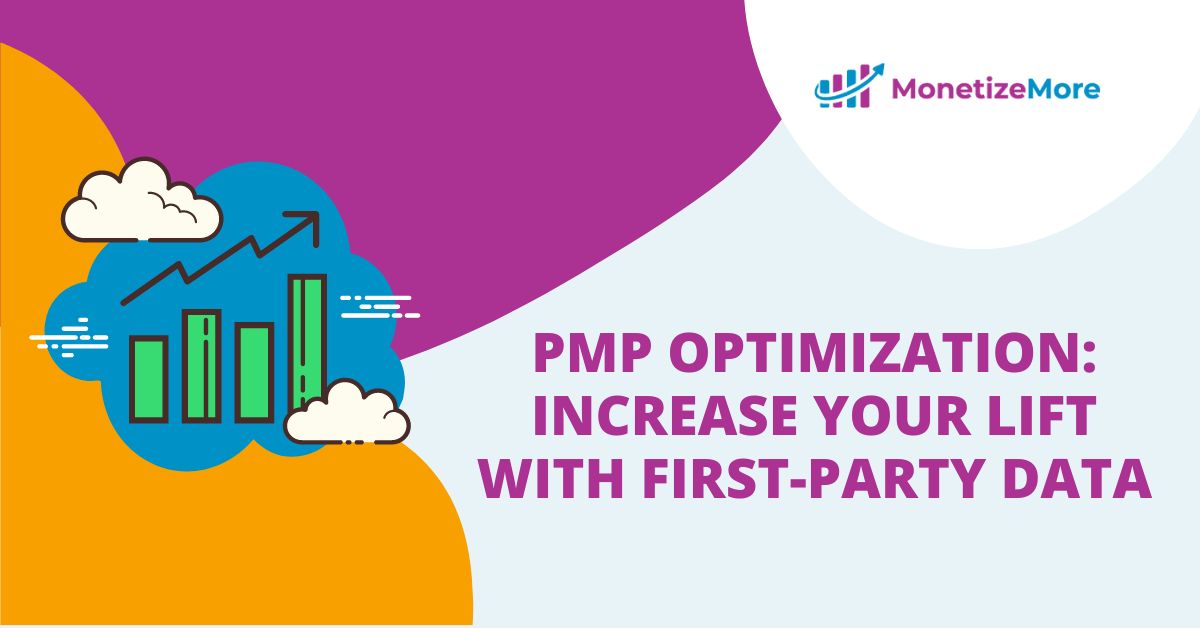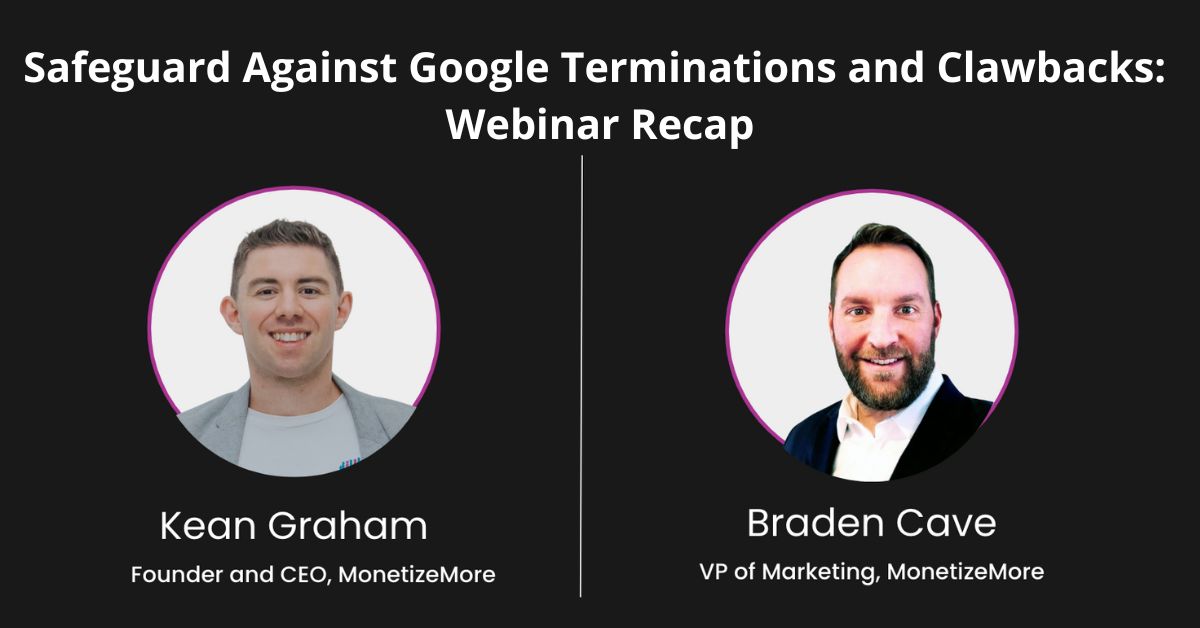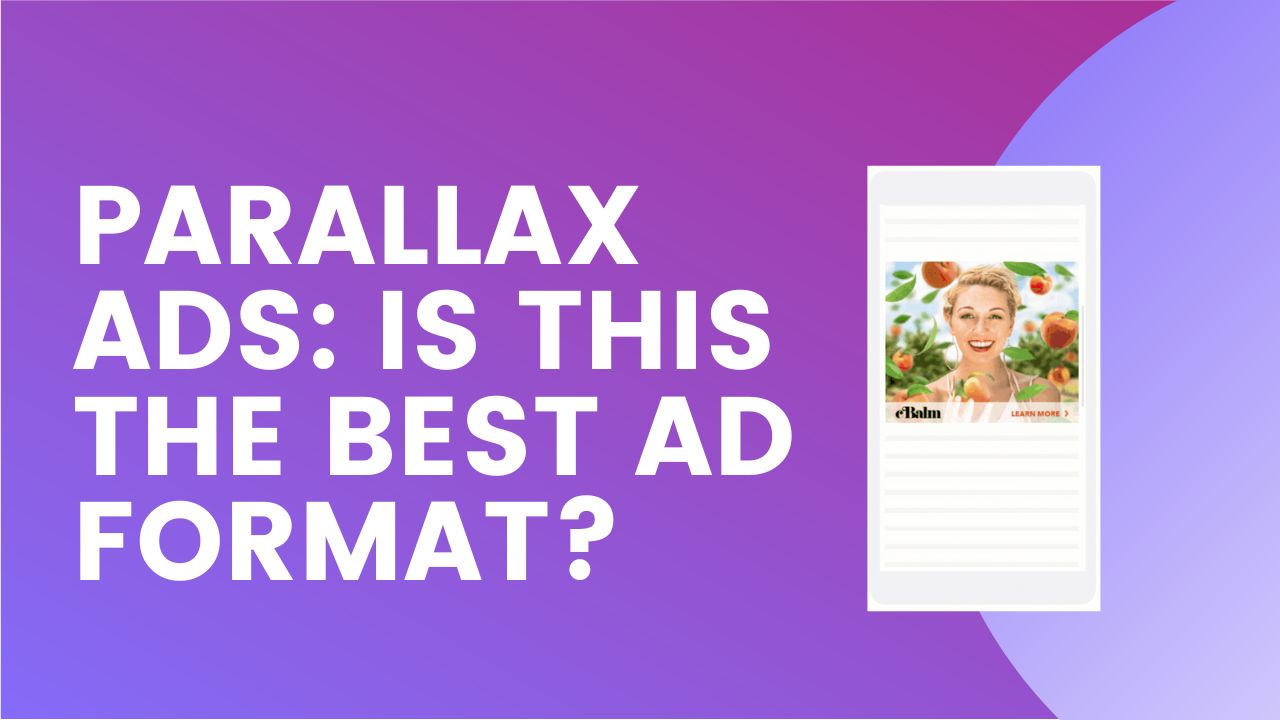
Programmatic Guaranteed (PG) and Private Marketplace (PMP) deals are two of the most effective ways for publishers and advertisers to transact premium inventory programmatically. PMP deals allow publishers to offer premium inventory to selected buyers at a negotiated price, while PG deals enable publishers to sell premium inventory to a single buyer at a fixed price.
However, optimizing PMP and PG deals can be a challenging task, especially for publishers who are new to programmatic advertising. In this article, we will focus on PMP optimization, specifically how to use first-party data to improve the performance of PMP deals. We’ll discuss the benefits of PMP deals, how they work, and provide tips and best practices for optimizing PMP deals. By the end of this article, you will have a better understanding of PMP optimization and be able to apply these concepts to your own programmatic advertising campaigns.
PMP stands for Private Marketplace, which is a programmatic advertising deal between a select group of publishers and buyers. PMP deals offer premium inventory to selected buyers at a negotiated price, with more control and transparency compared to open auction buying. They can be set up with specific targeting options and ad formats for maximum performance.
PMP optimization involves using first-party data to improve the performance of PMP deals. First-party data refers to data that is collected directly from a publisher’s website or app, such as user behavior, interests, and demographics. Here are the steps involved in PMP optimization:
In a nutshell, PMP optimization involves using first-party data to create highly targeted campaigns that deliver maximum value to advertisers while generating higher revenue for publishers. By leveraging first-party data to optimize PMP deals, publishers and advertisers can achieve their goals more effectively and efficiently.
Here are the different types of PMP deals available in a table form:
| Type of PMP Deal | Description |
|---|---|
| Preferred Deals | Deals that are negotiated between publishers and buyers based on a pre-agreed fixed price and inventory availability. Publishers offer exclusive access to their inventory to selected buyers. |
| Private Auctions | Auctions that are only open to a select group of buyers who have been invited by the publisher. Publishers set a reserve price and buyers bid on the inventory. The highest bidder wins the auction. |
| Programmatic Guaranteed | These deals are negotiated between a single buyer and a publisher, with a fixed price and guaranteed delivery of inventory. The buyer commits to buying a specific amount of inventory over a specific period of time. |
| Curated Marketplaces | Marketplaces that are curated by publishers and allow selected buyers to access premium inventory at a negotiated price. Publishers offer exclusive access to their inventory to a select group of buyers. |
Each type of PMP deal offers unique benefits and may be more suitable for different types of campaigns. Publishers and buyers should carefully consider their goals and requirements before selecting the type of PMP deal best suited for their needs.
Optimizing PMP deals involves using first-party data to create highly targeted campaigns, optimizing pricing, and continuously monitoring and analyzing performance. Publishers should also ensure brand safety, leverage programmatic guaranteed deals, set up exclusive deals, and constantly experiment and test different PMP deal setups to identify what works best for their business.
As I mentioned above, the key in successful PMPs is monetizing first-party data. For example, there’s a pub that has a series of sites for college students and there’s a specific piece of first-party data. If a user has taken a specific action on one of the sites, it’s a huge predictor of success for credit card ad campaigns.
Another example a car review site can pitch to buyers is “this segment is for car buyers interested in mid-sized sedans.”
In both of these examples, the user has done something that demonstrates extremely high purchase intent, but the bidder doesn’t have that information — building trust with the bidder to buy this segment is typically where the value of a PMP exists. Because of the high purchase intent, bidders will frequently pay very high rates. Once they see that the segment performs, the bidders can also use the PMP to expand their cookie pools and bid on the same users on other sites.
Aside segments annotated by first-party data, a handful of pubs have mentioned that high-impact inventory can be beneficial with PMPs — the price is usually kicked up very high while artificially limiting access to the inventory.
There is some illusory chasing going on here though, as nothing prevents a pub from setting up the same exact unit and just slapping high floors on it on the open auction. You’ll have to test it with your audience.
Without some sort of value-add over the open auction, the only kind of relationship that matters is when the publisher’s PMP manager’s son plays baseball with the agency’s buyer’s son, or they were roommates in college together — those are classic cheat-mode relationships. A handful of cold-calls and monthly or quarterly check-ins does not make a cheat-mode relationship, and there’s no value-add over an open auction. If anything, those calls and emails about what can already be purchased directly on the open auction is actually a nuisance to most buyers. The bidder doesn’t get anything they can’t get on open auction.
Suppose you are seeking to utilize your sales force and can’t monetize first-party data. In that case, there are potential gains available from reaching out to major agencies and advertisers and asking them to whitelist you on the open auction. Some bidders are extremely restrictive in their bidding, and getting whitelisted can provide a non-negligible lift. However, you have to have the bidder in mind (because they won’t show up in your reporting), and some indication that they’d bid on a non-negligible portion of your inventory.
Efforts to test their lift are the same as above — block the bidder out on random impressions based on a random KVP (Key-value pair). This white-list outreach strategy often only benefits small to midsize pubs with niche audiences and specific bidders that can be shortlisted for outreach. Large brand-name pubs usually get whitelisted anyways.
To get the most from your ad inventory, sign up with MonetizeMore’s premium publisher plan and get expert ad optimization help.

With over ten years at the forefront of programmatic advertising, Aleesha Jacob is a renowned Ad-Tech expert, blending innovative strategies with cutting-edge technology. Her insights have reshaped programmatic advertising, leading to groundbreaking campaigns and 10X ROI increases for publishers and global brands. She believes in setting new standards in dynamic ad targeting and optimization.



10X your ad revenue with our award-winning solutions.